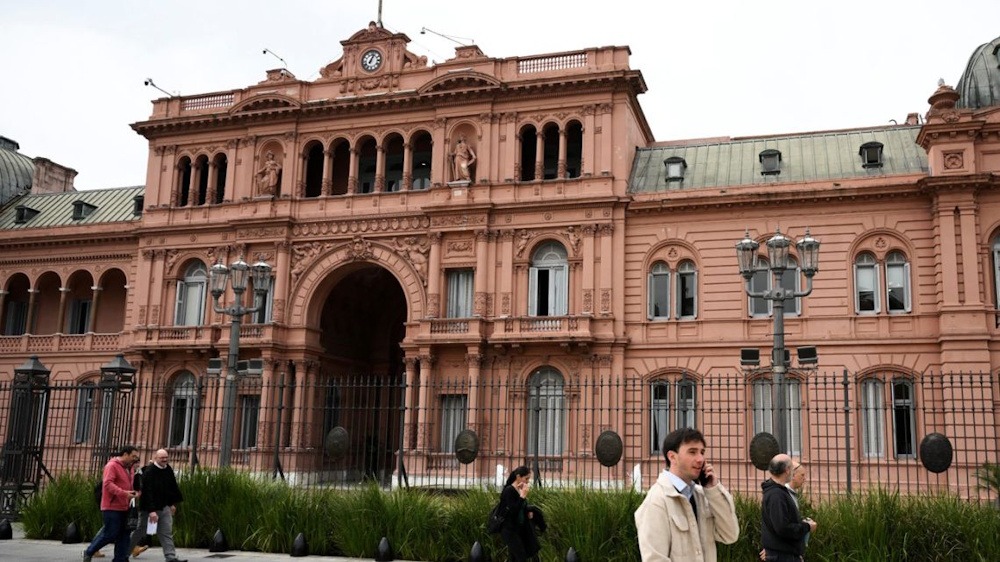As President Donald Trump stated, the United States generated “a lot of money” through its bailout of Argentina. Despite the rally in that country’s markets following President Javier Milei’s unexpectedly significant win in the recent legislative elections, the situation appeared rather subdued. By the end of trading on Monday, it was estimated that the US Treasury had gained approximately one to two percent on its recent peso acquisitions, based on the timing of its purchases and the subsequent market movements.
The United States has not provided specific information regarding its atypical interventions in the currency market this month, which commenced following a wave of selling of the peso by global investors and local residents. This selling was driven by speculation that voters would express disapproval of Milei and his free-market economic policies. However, individuals with direct knowledge of the situation indicated that it commenced on October 9 and has since amounted to approximately US$2 billion. Considering the timing of the Treasury’s purchases and the peso’s four percent increase on Monday, which returned it to its highest level since October 16, it seems that the US government has realized a modest profit, assuming these gains are sustained.
The potential return considers solely the exchange rate dynamics between the peso and the US dollar. The true return to the Treasury is expected to be greater, as it has been placing the pesos it obtains into an interest-earning account at Argentina’s Central Bank, as per an individual with firsthand insight. A representative from the US Treasury did not provide a response to the inquiry for comment.
The estimates represent merely a momentary view, and it is entirely plausible for the United States to regress if the sell-off recommences following Monday’s relief rally. Currency analysts have indicated that the prevailing exchange rate is artificially elevated and probably unsustainable in the long run. There are indications that Milei may have been biding his time until post-election to broaden the peso’s trading band, thereby allowing for greater depreciation potential. “The ARS remains the missing piece of the policy puzzle,” stated Alejandro Cuadrado in reference to the shorthand for the peso. “The favorable election outcomes have offered significant respite, yet they will necessitate a degree of reevaluation.”

